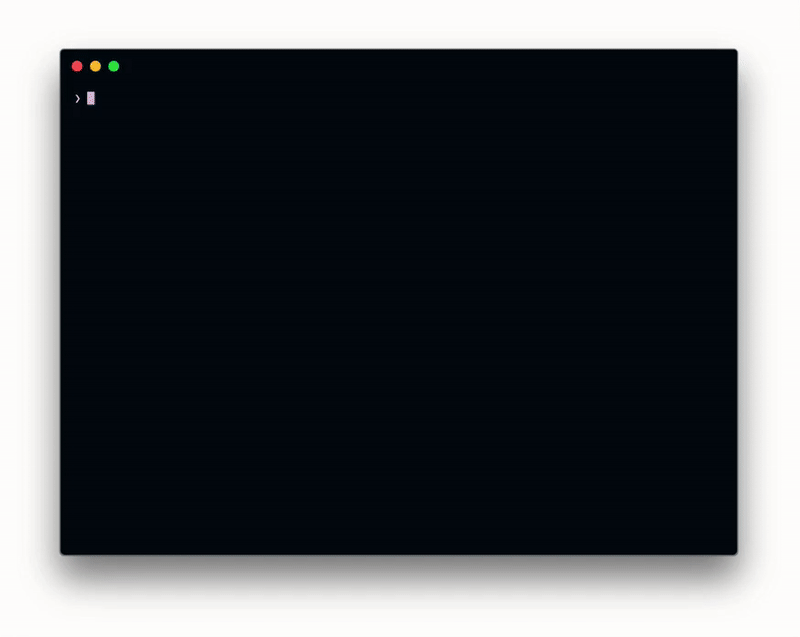Website • Docs • Blog • Forum • Chat • Twitter
Graphcool is a GraphQL backend framework to develop and deploy production-ready GraphQL microservices.
Think about it like Rails, Django or Meteor but based on GraphQL and designed for today's cloud infrastructure.
The framework currently supports Node.js & Typescript and is compatible with existing libraries and tools like GraphQL.js and Apollo Server. Graphcool comes with a CLI and a Docker-based runtime which can be deployed to any server or cloud.
The framework provides powerful abstractions and building blocks to develop flexible, scalable GraphQL backends:
- GraphQL-native database mapping to easily evolve your data schema & migrate your database
- Flexible auth workflows using the JWT-based authentication & permission system
- Real-time API using GraphQL Subscriptions
- Highly scalable architecture enabling asynchronous, event-driven flows using serverless functions
- Works with all frontend frameworks like React, Vue.js, Angular
Note: This is a preview version of the Graphcool Framework (latest
0.7). More information in the forum.
Watch this 2 min tutorial or follow the steps below to get started with the Graphcool framework:
- Install the CLI via NPM:
npm install -g graphcool@next- Create a new service:
The following command creates all files you need for a new service.
graphcool init- Define your data model:
Edit types.graphql to define your data model using the GraphQL SDL notation. @model types map to the database.
type User @model {
id: ID! @isUnique
name: String!
dateOfBirth: DateTime
# You can declare relations between models like this
posts: [Post!]! @relation(name: "UserPosts")
}
type Post @model {
id: ID! @isUnique
title: String!
# Every relation also required a back-relation (to determine 1:1, 1:n or n:m)
author: User! @relation(name: "UserPosts")
}
- Define permissions and functions:
graphcool.yml is the root definition of a service where types, permissions and functions are referenced.
# Define your data model here
types: types.graphql
# Configure the permissions for your data model
permissions:
- operation: "*"
# tokens granting root level access to your API
rootTokens: []
# You can implement your business logic using functions
functions:
hello:
handler:
code: src/hello.js
type: resolver
schema: src/hello.graphql-
Implement API Gateway layer (optional):
-
Deploy your service:
To deploy your service simply run the following command and select either a hosted BaaS cluster or automatically setup a local Docker-based development environment:
graphcool deploy- Connect to your GraphQL endpoint:
Use the endpoint from the previous step in your frontend (or backend) applications to connect to your GraphQL API.
- Extensible & incrementally adoptable
- No vendor lock-in through open standards
- Rapid development using powerful abstractions and building blocks
- GraphQL-native database mapping & migrations
- JWT-based authentication & flexible permission system
- Real-time GraphQL Subscription API
- GraphQL specfication compliant
- Compatible with existing libraries and tools (such as GraphQL.js & Apollo)
- Docker-based cluster runtime deployable to AWS, Google Cloud, Azure or any other cloud
- Enables asynchronous, event-driven workflows using serverless functions
- Easy function deployment to AWS Lambda and other FaaS providers
- Rapid local development workflow – also works offline
- Supports multiple languages including Node.js and Typescript
- GraphQL Playground: Interactive GraphQL IDE
- Supports complex continuous integration/deployment workflows
- auth: Email/password-based authentication
- crud-api: Simple CRUD-style GraphQL API
- env-variables-in-functions: Function accessing environment variables
- full-example: Full example (webshop) demoing most available features
- gateway-custom-schema: Define a custom schema using an API gateway
- permissions: Configure permission rules
- rest-wrapper: Extend GraphQL API by wrapping existing REST endpoint
- yaml-variables: Use variables in your
graphcool.yml
- react-graphql: React code examples with GraphQL, Apollo, Relay, Auth0 & more
- react-native-graphql: React Native code examples with GraphQL, Apollo, Relay, Auth0 & more
- vue-graphql: Vue.js code examples with GraphQL, Apollo & more
- angular-graphql: Angular code examples with GraphQL, Apollo & more
- ios-graphql: React code examples with GraphQL, Apollo, Relay, Auth0 & more
While Graphcool started out as a Backend-as-a-Service (like Firebase or Parse), we're currently in the process of turning Graphcool into a backend development framework. No worries, you can still deploy your Graphcool services to the BaaS platform as before but additionally you can now also run Graphcool on your own machine.
Help us shape the future of the Graphcool Framework by 👍 existing Feature Requests or creating new ones
We are in the process of setting up a formal road map. Check back here in the coming weeks to see the new features we are planning!
Graphcool has a community of thousands of amazing developers and contributors. Welcome, please join us! 👋
Your feedback is very helpful, please share your opinion and thoughts!
If an existing feature request or bug report is very important for you, please go ahead and 👍 it or leave a comment. We're always open to reprioritize our roadmap to make sure you're having the best possible DX.
We love your ideas for new features. If you're missing a certain feature, please feel free to request a new feature here. (Please make sure to check first if somebody else already requested it.)



